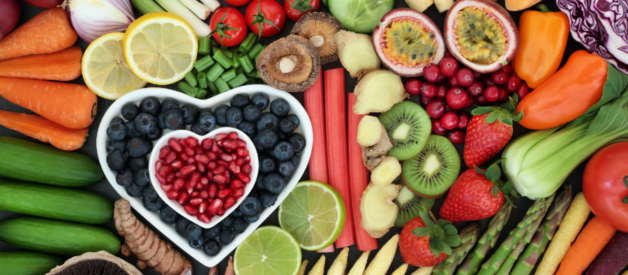Webster’s Dictionary defines habit as “a pattern or behavior acquired by repeated repetition.” A habit is a pattern of behaviour that has been repeated repeatedly. This is the result of a particular course of action becoming ingrained in the mind. It’s like a path that forms in a wood when people walk the same path.
Bad eating habits can develop in the same manner. For most adults, the difficulty in quitting these habits comes from the fact they started as children and have been a part of their lives for many years.
Healthy eating as a way of life
This is also true for eating healthy food. You cannot get fit by exercising only occasionally. To become fit, you must exercise regularly and be an athlete. We can’t eat healthy food only occasionally. Healthy eating habits must be a daily habit. To be able to distinguish between the good and the bad, we must first learn about the nutritional components of what we eat. If we want to eat well, it is important to have a basic understanding of what the nutritional value of food.
What is the purpose of eating food?
Our bodies need proper nutrition to function properly so we eat food. You can see the importance of proper nutrition in the many ailments that can arise from poor nutrition or unbalanced diets. A balanced diet helps to reduce cholesterol and blood pressure as well as weight control. The body needs the right combination of nutrients to function properly.
Carbohydrates are the main source of energy for your body. The body converts carbohydrates into glucose, which can be used immediately or stored for later. Too much glucose can lead to obesity.
There are two kinds of carbs: simple and complex. Simple carbohydrates are sugars. Complex carbohydrates are starches and fibers. You can find them in bread, potatoes, pasta, and apples, as well as bananas.
Proteins are essential for building muscles and other tissues. They are also involved in the production of hormones. Excess protein, like carbohydrates, is stored as fat. Two main sources of protein are meat and vegetables. You shouldn’t rely on animal protein as a source for protein. It is high in saturated fat which can lead to cholesterol.
Fat – Contrary to popular belief fat is a nutrient the body requires. It is not the type of fat that matters. There are two types of fat: saturated and unsaturated. Saturated fats can increase cholesterol and are undesirable. Unsaturated fats, on the other hand, are healthy and desirable. Saturated fats can be found in animal products like butter, cheeses, whole milks, ice creams, creams, and fatty meats. Unsaturated fats can be found in fish, soybean, corn, and sunflower oils.
Vitamins – These are primarily used to keep the body’s energy levels up when performing tasks. Vitamins can also prevent diseases. Vitamins A, C,, and E (also known as antioxidants) help to reduce the risk of developing coronary artery disease. They prevent artery wall buildup. Vitamin B-1 is necessary for proper digestion and nervous system function. Vitamin B-2 is required for normal cell growth. Vitamin B-3 is important for detoxification. Folic acid is necessary for the production of red blood cell. Vitamin D aids in calcium absorption and Vitamin K makes blood clot.
Trace elements and minerals – they play a vital role in many of our bodies’ processes. Chlorine and phosphate help build strong bones. Both are found in the foods that we eat. The body only requires trace elements in very small amounts. Salt is another nutrient that the body requires, but not more than 2400 mg per day, because it can cause high blood pressure.
It is obvious that healthy eating habits are based on balanced nutrition. We can now understand the nutritional content of what we eat and follow some guidelines to help us develop healthy eating habits.





